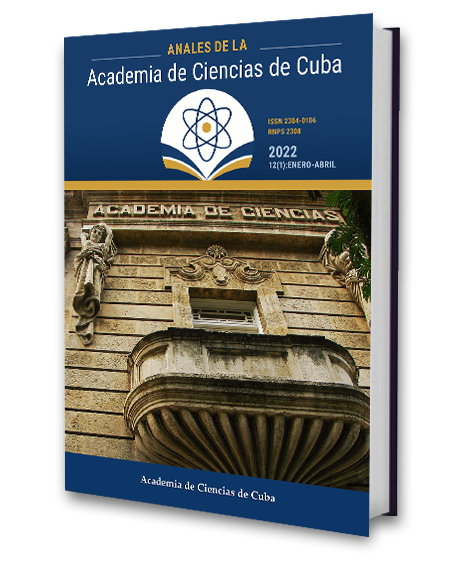Influence of the cathode surface conditions on dark current emission
Keywords:
plasma heater, dark current, electronic field emissionAbstract
Introduction. Inside the high vacuum chambers of the plasma heater of the future nuclear fusion reactors, such as ITER or DEMO, so-called “dark currents” are produced which, with time, cause damages to different components. Although this typical emission has an explanation on the basis of field emission theory, there are still many questions to be described. The objective was to use a model based on Density Functional Theory to describe some aspects of the field emission due to contaminated surfaces or nanometric irregularities. Methods. Studies were conducted on tungsten and tungsten carbide surfaces contaminated with carbon, as well as on clean tungsten corrugated surfaces. Results. Knowledge of the origin of “dark currents” was advanced, as well as its relation with different irregularities on the cathode surfaces.Downloads
Published
How to Cite
Issue
Section
License
The journal Anales de la Academia de Ciencias de Cuba protects copyright, and operates with a Creative Commons License 4.0 (Creative Commons Attribution-NonCommercial License 4.0). By publishing in it, authors allow themselves to copy, reproduce, distribute, publicly communicate their work and generate derivative works, as long as the original author is cited and acknowledged. They do not allow, however, the use of the original work for commercial or lucrative purposes.
The authors authorize the publication of their writings, retaining the authorship rights, and assigning and transferring to the magazine all the rights protected by the intellectual property laws that govern in Cuba, which imply editing to disseminate the work.
Authors may establish additional agreements for the non-exclusive distribution of the version of the work published in the journal (for example, placing it in an institutional repository or publishing it in a book), with recognition of having been first published in this journal.
To learn more, see https://creativecommons.org






